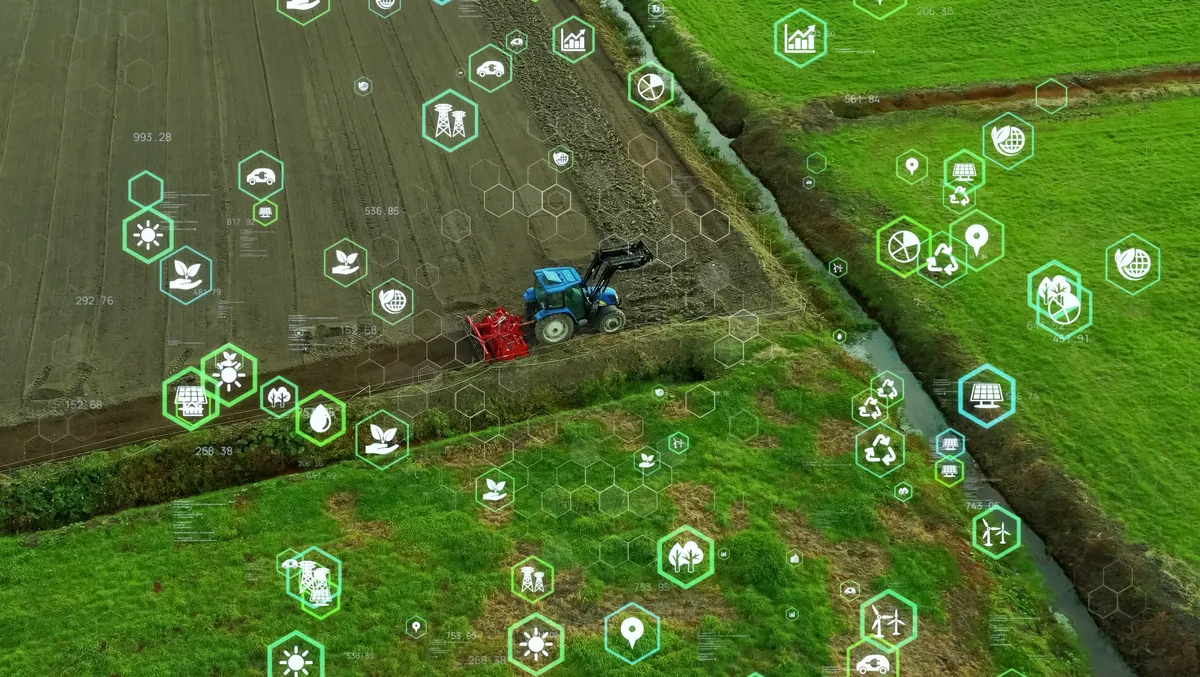
New program to develop Aussie agriculture from space
SmartSat Cooperative Research Centre (CRC), Australia's space research centre, has launched a new research program, Maya Nula, to develop Australian satellite Earth Observation (EO) capability with space sensor technology to advance Australia's agriculture industry.
The name Maya Nula, which translates to "eyes here, there, everywhere" in the Dharug language of the Eora nation, aims to create an agricultural intelligence capability from space.
According to a statement, the SmartSat-led initiative will facilitate innovative research projects to address the growing need for Australian farmers to reduce risk and boost agricultural productivity through environmentally friendly processes. It also aims to support implementing and reporting on improved climate-resilient and sustainable farming practices.
SmartSat will develop a series of projects to deliver a measurement, reporting, and verification (MRV) tool for communicating sustainable farming practices on soil health, crop conditions, biosecurity, and the environment. The projects will be co-funded by research organisations, government, and industry.
SmartSat CEO, Professor Andy Koronios, says that space assets combined with on-ground sensor technology can assist in monitoring crops and developing more sophisticated prediction models to better guide commercial outcomes and protect our environment.
Koronios says, "With the world's population predicted to reach 9.8 billion by 2050, sustainable farming practices are essential to meet the increasing demand for high-quality food.
"Through enhanced agricultural intelligence using terrestrial and space technologies, Maya Nula will enable our farmers to deliver higher yields of healthy food, meeting our needs and increasing exports of our agricultural products."
"SmartSat is committed to protecting and preserving our natural resources alongside First Nations people, who have a deep understanding of Australias land and conservation practices.
"By integrating climate resilience and supply provenance practices into farming, Maya Nula can help Australian farmers adapt to changing weather conditions, minimise crop failures, ensure a stable food supply, higher efficiency and maintenance of profits and maintain market access," Koronios adds.
Maya Nula Research Program Lead and SmartSat Principal Scientist in Earth Observation, Dr Jasmine Muir, says that the program will be a necessary and meaningful investment to ensure the security and prosperity of Australian farmings future under changing climate scenarios.
Muir says, "As we look to safeguard and enhance Australias agriculture sector for the coming years, sovereign space-based monitoring capability is critical. It is essential we start to plant the seeds of technology development now to ensure Australian agriculture is at the cutting edge in the decades ahead."
The Maya Nula Research Program will be introduced at a ceremony in Canberra attended by the Dharug elders, who were consulted about the mission, including its name and the desired outcomes of any emerging technologies.
Using SmartSat Maya Nula Capability Demonstrator funding, SmartSat will develop a comprehensive work program partnering with R&D centres, government, universities, and industry to develop the Maya Nula research program.
The SmartSat Cooperative Research Centre brings together more than 100 national and international partners who have invested more than $190 million, along with $55 million in Federal Government funding under its Cooperative Research Centre's Program, in a $245 million research effort over seven years.
Working closely with the Australian Space Agency & Department of Defence, SmartSat is focused on making a strong contribution to the Australian Government's goal of tripling the size of the space sector to $12 billion and creating up to 20,000 jobs by 2030. Priority industry sectors for SmartSat include telecommunications, agriculture and natural resources, and defence and national security.


